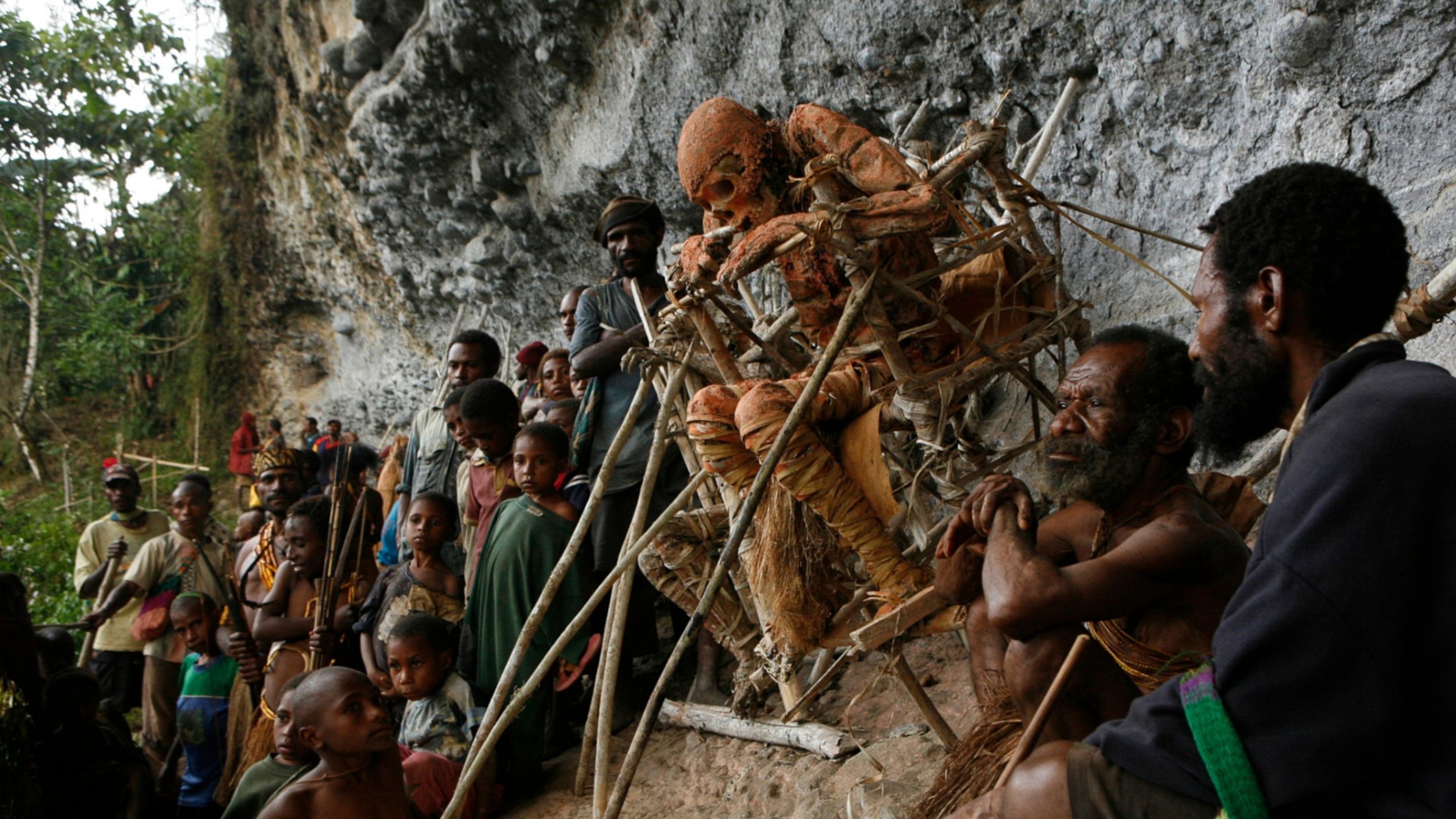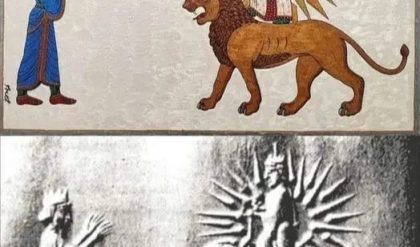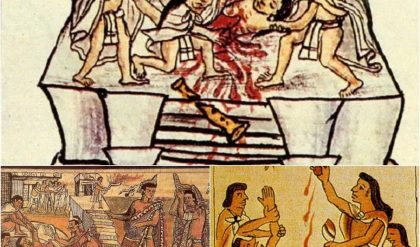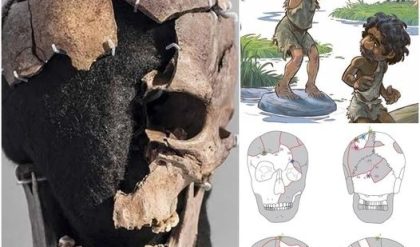In a groundbreaking discovery that has captured the attention of the scientific community, researchers have unveiled the remarkable resistance to decay exhibited by smoked mummies from ancient civilizations. These preserved remains, found in some of the harshest environments on Earth, have provided new insights into the techniques used by ancient peoples to preserve their dead and the secrets behind their extraordinary longevity.
The Discovery

The smoked mummies, recently studied by a team of archaeologists and conservationists, were discovered in several arid and extreme locations, including high-altitude regions and desert landscapes. These mummies, dating back thousands of years, were found to be exceptionally well-preserved, despite the harsh environmental conditions that typically accelerate decomposition.
The process of smoking, a traditional preservation method, involves exposing the bodies to smoke from burning wood or other organic materials. This technique, used by various ancient cultures around the world, has proven to be highly effective in preventing decay and preserving the integrity of the remains.
The Smoking Process
The smoked mummies reveal fascinating details about ancient preservation techniques. The smoking process involves several stages, including the application of smoke to the body over extended periods. The smoke acts as a natural disinfectant, killing bacteria and fungi that contribute to decomposition. Additionally, the compounds in the smoke create a protective layer on the mummies, shielding them from environmental factors such as moisture and temperature fluctuations.

Researchers have found that the specific types of wood and materials used in the smoking process vary between cultures, suggesting that different societies had developed unique methods tailored to their environments and resources.
Scientific Analysis and Findings
Scientists have employed advanced imaging and chemical analysis techniques to study the smoked mummies. These analyses have revealed that the preservation is not only superficial but extends to the internal tissues, bones, and even the clothing and artifacts buried with the mummies.
Key findings include:
- Chemical Composition: The mummies contain traces of compounds from the smoke, such as phenols and tar-like substances, which contribute to their resistance to decay.
- Microbial Analysis: The absence of decay-causing microorganisms in the mummies supports the effectiveness of the smoking process.
- Structural Integrity: The mummies’ tissues remain surprisingly intact, providing valuable insights into ancient burial practices and the environmental conditions they faced.
Cultural and Historical Significance
The discovery of smoked mummies has profound implications for our understanding of ancient preservation methods and burial customs. It highlights the ingenuity of ancient peoples in overcoming environmental challenges and preserving their deceased for posterity. The techniques used offer a glimpse into the cultural and ritualistic practices associated with death and the afterlife in various ancient societies.

Future Research and Preservation
Ongoing research aims to further unravel the mysteries of smoked mummies and their preservation. Studies will continue to focus on refining the techniques used in ancient preservation methods and understanding their impact on the mummies’ longevity.
The findings also have practical applications for modern conservation efforts, offering insights into methods that could be adapted for preserving other types of artifacts and biological materials.
Conclusion
The astonishing resistance to decay exhibited by smoked mummies provides a compelling glimpse into the ancient art of preservation. As researchers continue to explore and analyze these remarkable remains, they shed light on the innovative techniques used by ancient cultures to safeguard their dead against the ravages of time and environment.
The study of smoked mummies not only enriches our understanding of historical preservation practices but also enhances our appreciation for the ingenuity and resourcefulness of ancient civilizations.





